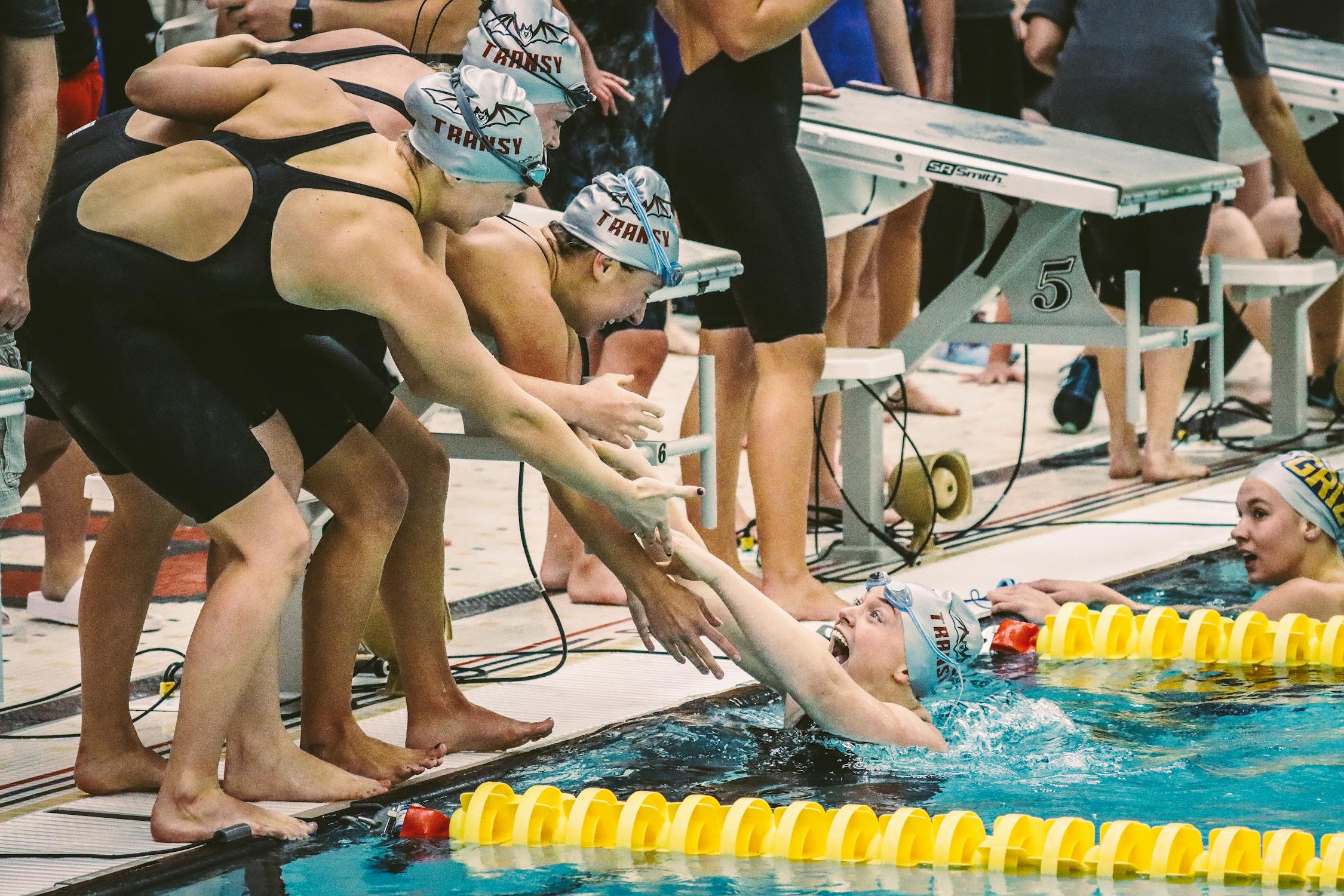Running effective swimming club meetings is crucial for ensuring smooth operations, fostering good communication, and making informed decisions. Well-organized meetings can help keep everyone on the same page and contribute to the success of your swimming club. Here are some tips on how to run effective swimming club meetings.

1. Set Clear Objectives
Before scheduling a meeting, it is essential to have clear objectives. Determine what you want to achieve from the meeting. This could include:
- Discussing upcoming events
- Reviewing club performance
- Addressing any issues or concerns
- Planning future activities
Having clear objectives helps keep the meeting focused and ensures that important topics are covered.
2. Prepare an Agenda
Creating a detailed agenda is key to an efficient meeting. An agenda helps guide the discussion and ensures that all relevant topics are addressed. Here’s how to prepare an effective agenda:
- List Key Topics: Include all important issues that need to be discussed.
- Assign Time Limits: Allocate specific time slots for each topic to keep the meeting on track.
- Identify Speakers: Assign specific topics to individuals who will lead the discussion on those points.
Distribute the agenda to all participants ahead of time so they can prepare.
3. Choose a Suitable Time and Location
Select a meeting time and location that is convenient for all participants. Consider the following:
- Time: Choose a time that fits into everyone’s schedule, such as evenings or weekends.
- Location: Pick a location that is accessible and comfortable, like a community center or club meeting room.
If meeting in person is not possible, consider virtual meetings using platforms like Zoom or Google Meet.
4. Start and End on Time
Punctuality is crucial for effective meetings. Begin the meeting on time and adhere to the scheduled end time. This shows respect for everyone’s time and helps maintain a professional atmosphere. To ensure timely meetings:
- Set Reminders: Send out reminders to participants before the meeting.
- Stick to the Agenda: Follow the agenda closely to avoid unnecessary delays.
5. Encourage Participation
Engaging all participants in the discussion leads to more productive meetings. Here’s how to encourage participation:
- Ask Questions: Pose questions to different members to solicit their input.
- Open Floor: Allow time for open discussion where members can voice their opinions or concerns.
- Acknowledge Contributions: Recognize and appreciate contributions from all members.
Encouraging participation ensures that all perspectives are considered and fosters a collaborative environment.
6. Stay Focused
Keeping the discussion focused on the agenda topics is crucial for effective meetings. Here’s how to maintain focus:
- Use a Timer: Allocate time for each agenda item and use a timer to keep track.
- Redirect Off-Topic Discussions: Politely steer the conversation back to the agenda if it veers off-topic.
- Summarize Key Points: Summarize the main points after each agenda item to ensure clarity and understanding.
Staying focused helps ensure that all important topics are covered within the allotted time.
7. Take Minutes
Recording the minutes of the meeting is essential for documentation and follow-up. Assign someone to take minutes, noting:
- Key Decisions: Record all decisions made during the meeting.
- Action Items: Note any tasks or actions that need to be completed, along with the responsible persons.
- Deadlines: Include any deadlines for action items.
Distribute the minutes to all participants after the meeting for reference and follow-up.
8. Follow Up
After the meeting, follow up on action items and decisions made. Here’s how to ensure effective follow-up:
- Send Out Minutes: Distribute the meeting minutes to all members.
- Track Progress: Monitor the progress of action items and follow up with responsible individuals.
- Schedule Next Meeting: Set a date for the next meeting to continue discussions and review progress.
Effective follow-up ensures that tasks are completed and goals are achieved.
Conclusion
Running effective swimming club meetings requires careful planning, clear communication, and focused execution. By setting clear objectives, preparing a detailed agenda, encouraging participation, and following up on action items, you can ensure productive meetings that contribute to the success of your swimming club. These practices help keep everyone informed, engaged, and working towards common goals, ultimately enhancing the overall performance and cohesion of your club.



